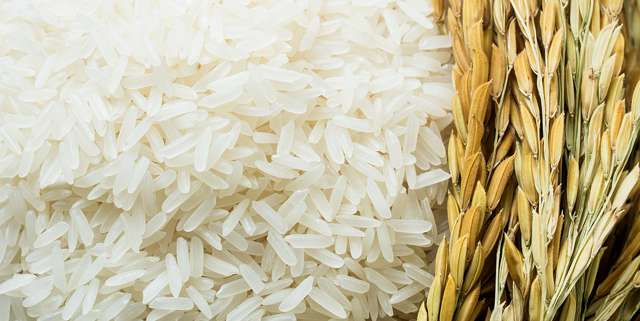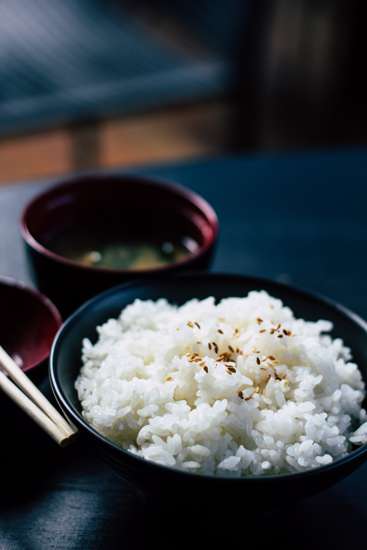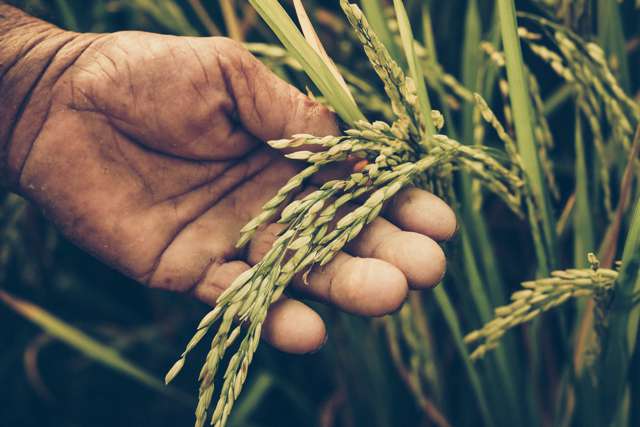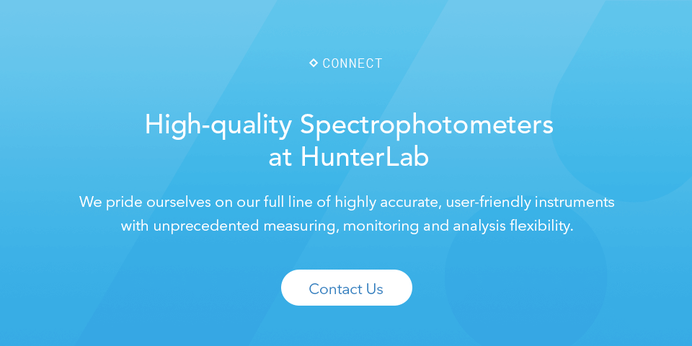The Role of Spectrophotometers in the Rice Industry
Spectrophotometers can be used to boost useable volume production in virtually all parts of the rice farming process, from growth to milling, as color can offer a clear indicator to ensure rice is adequately cared for and milled effectively. In order to obtain the meaningful color data necessary to optimize quality, spectrophotometric testing can be implemented at a number of points in the production process, including:
- During growth: Early rice color can be indicative of anything from incorrect moisture levels to potential fungus issues. Spectrophotometric color measurement can help to detect early issues so they can be resolved prior to harvest.
- Before and during milling: The color of rice both before and during milling is a clear indicator of how much processing will be required to create good, food grade rice; the darker the husk, the more milling will be needed to create white rice. By reviewing test samples with a spectrophotometer, the producer can ensure their milling practices are suitable, allowing you to gain the most usable product from every milled batch.
- After milling: Overall rice quality is established after the product has been milled, allowing the producers to correctly price their products according to quality. This step can also assist in creating a target color for all future rice yields.
Spectrophotometers offer proven results when it comes to establishing the ideal quality of rice. However, choosing the right spectrophotometer is imperative to ensure accuracy, precision, and speed of color measurement. The ideal spectrophotometer is one that will allow for testing of irregular sample using sophisticated technologies that can account for height and texture. HunterLab’s Aeros, for example, is a state-of-the-art non-contact instrument specifically designed for this type of color measurement. With SMART features such as automatic height positioning, a rotating platform, and a large sample area, you can achieve the highest level of color measurement accuracy every time. Because the Aeros is designed for simplicity of use, this cutting-edge spectrophotometer eliminates the need for complex sample preparation and drastically reduces the risk of operator error, improving speed and guarding against incorrect results. Combined with our EasyMatch QC Essentials software and advanced communication features, you are able to gain extraordinary insight into color behavior to improve the efficacy of your color quality control process and, ultimately, your product.
Consumer demand for rice is showing no signs of slowing down, but the cost of growing rice rises with the costs of seeds, water, and energy. Rice farmers need to ensure they’re able to maximize their viable product from every harvest to manage production cost increases without compromising the quality of output. Spectrophotometric technology such as the Aeros can thus be an invaluable tool to increase yields, control costs, and enhance quality.
HunterLab Technology
HunterLab’s comprehensive range of spectrophotometers is ideally suited to manage rice production and eliminate waste. With over 60 years of experience in the field, our instruments are designed to meet the diverse needs of our customers, keeping accuracy, durability, and ease of use in mind. For rice producers, this can translate into improved production processes and products as the result of enhanced quality control. Contact us to learn more about our renowned spectrophotometers, customizable software packages, and world-class customer support services and let us help you select the right tools for your needs.





